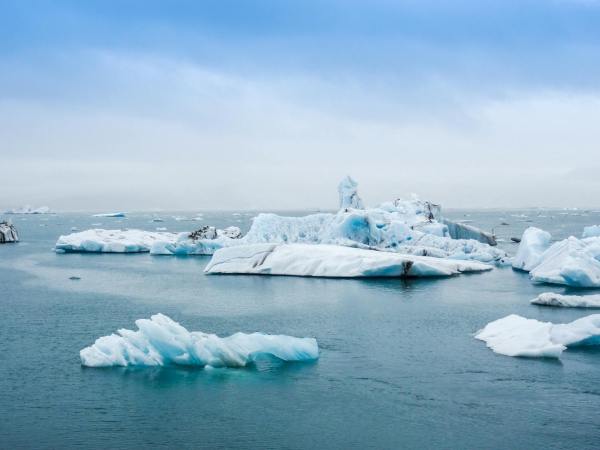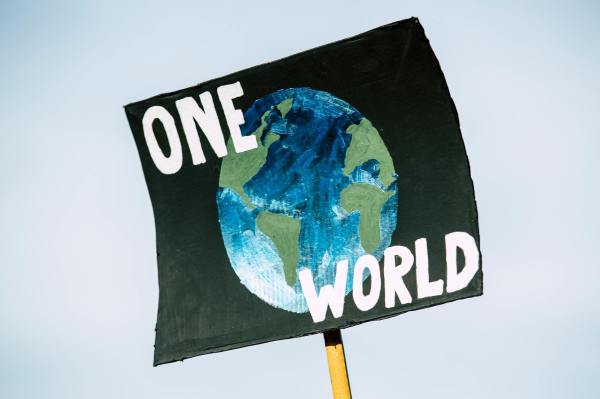What is “net zero”?
According to the UN, “net zero” can be defined as “cutting greenhouse gas (GHG) emissions to as close to zero as possible, with some residual emissions being reabsorbed in the atmosphere, for example by the ocean and forests”.
This is a very important goal because to keep the planet habitable, global temperature rise should be limited to no more than 1.5°C above pre-industrial levels, a figure that is already at 1.1°C compared to the end of the 19th century. And emissions continue to rise.
To keep global warming below 1.5°C – as required by the Paris Agreement – emissions must be reduced by around 45% by 2030 with the ultimate goal of “net zero” two decades later.
Achieving the zero emissions challenge requires a profound transformation in the way we produce, consume and move. The United Nations explains that the energy sector is “the source of about three-quarters of today’s greenhouse gas emissions and holds the key to avoiding the worst effects of climate change”.
In view of this, it advocates “the substitution of pollution generators, such as coal, oil or gas energy production, by renewable energy sources, such as solar or wind energy, would drastically reduce carbon emissions”.
Scope 1, 2 and 3 Emissions
What do we mean by Scope 1, 2 and 3 emissions?
- Scope 1 emissions are the direct emissions caused by the activity of the company.
- Scope 2 emissions come from the generation of the electricity consumed.
- Scope 3 emissions are also indirect but are produced by customers who use the company’s products or by suppliers who manufacture these products.
“Net Zero” at Telefónica
What is Telefónica doing to achieve “net zero”?
The company, through its Climate Action Plan, has reduced eight out of every ten operational emissions (Scopes 1 and 2) throughout its global perimeter and 51% including its entire value chain: 2,383 ktCO2 less emitted into the atmosphere.
The three steps to achieve net zero emissions are as follows:
- Reduce operational emissions, both Scope 1 emissions, which at Telefónica come from the consumption of fossil fuels and refrigerant gas leaks, and Scope 2 emissions, which are emissions from the generation of the electricity consumed.
- Reduce value chain emissions, or Scope 3, which are the emissions that occur in the value chain, ranging from the emissions associated with the production and transportation of the goods and services we buy, to the emissions from the use of the products we sell to our customers, to business travel.
- Neutralising the remaining emissions, by capturing or absorbing an equivalent amount of CO2 from the atmosphere and storing it permanently through technological initiatives or nature-based solutions.
Pathway to zero net emissions at Telefónica.
Year 2025:
- 90% reduction of Scope 1 and 2 emissions in the main markets and neutralisation of the remaining 10% (residual emissions).
- 39% reduction in Scope 3 emissions.
Year 2030:
- 80% reduction of Scope 1 and 2 emissions, although Telefónica has updated this target as early as November 2023, increasing its ambition to a 90% reduction of its global operational emissions (Scope 1 and 2).
- 56% reduction in Scope 3 emissions.
Year 2040:
- Zero net emissions by reducing 90% of our emissions (Scope 1, 2 and 3).
- Neutralisation of 100% of unabated emissions (residual emissions).
Relationship between “net zero” and climate change
Moving towards “net zero” implies a substantial reduction of GHGs, those that trap the sun’s heat, preventing it from escaping into space and causing global warming. The main greenhouse gas emissions that cause climate change are carbon dioxide and methane.
The consequences of this warming are that snow and rainfall patterns change, average temperatures increase and extreme weather events (from floods to heat waves) occur more frequently.
The link between “net zero” and climate change is therefore clear.
As we have seen throughout the article, the less greenhouse gases are emitted, the closer to “net zero” and thus the influence on global warming can be minimised, and the goal of not exceeding the 1.5°C increase set by the Paris Agreement can be achieved.










